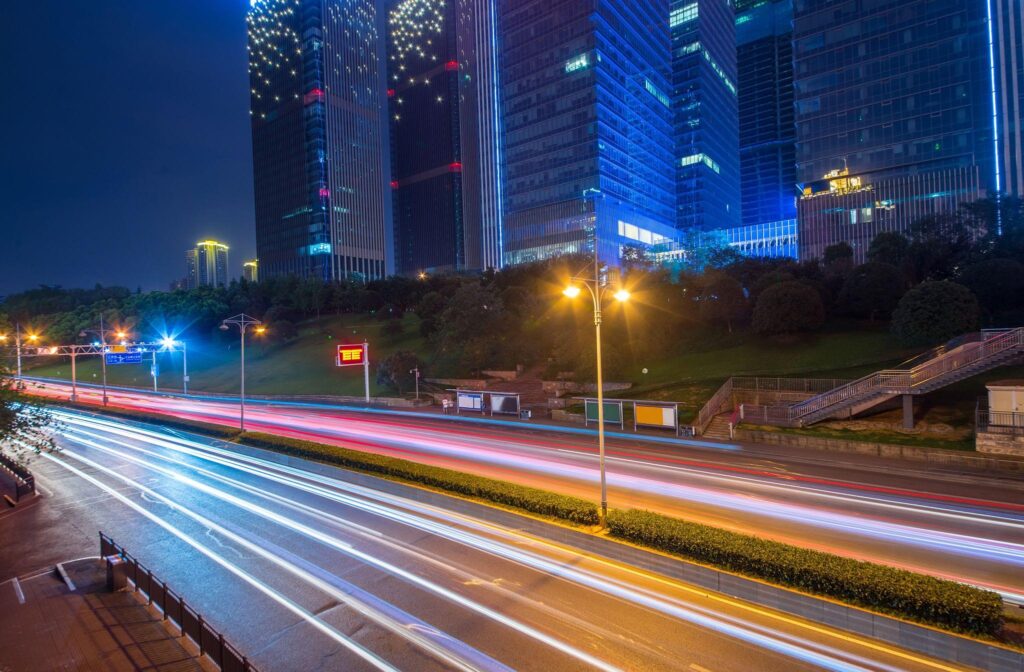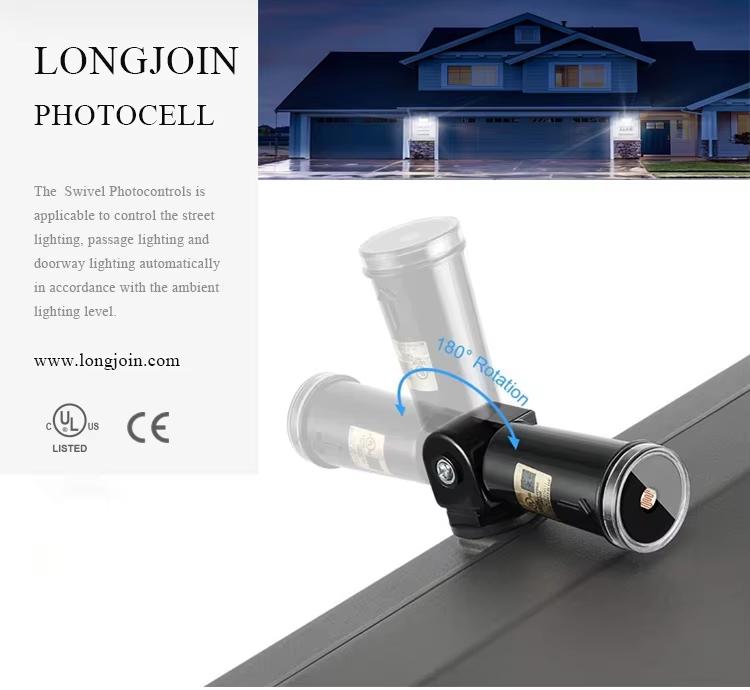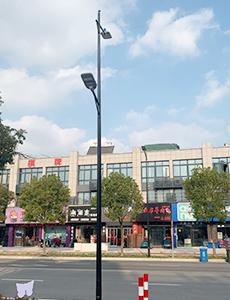Outline
- Introduction
- What is the $1M Problem?
- How Tech Breakthroughs Power the LED Street Lighting Revolution?
- Where Is Smart Photosensor Tech Already Working?
- What’s Next for Smart Lighting?
- Final Words
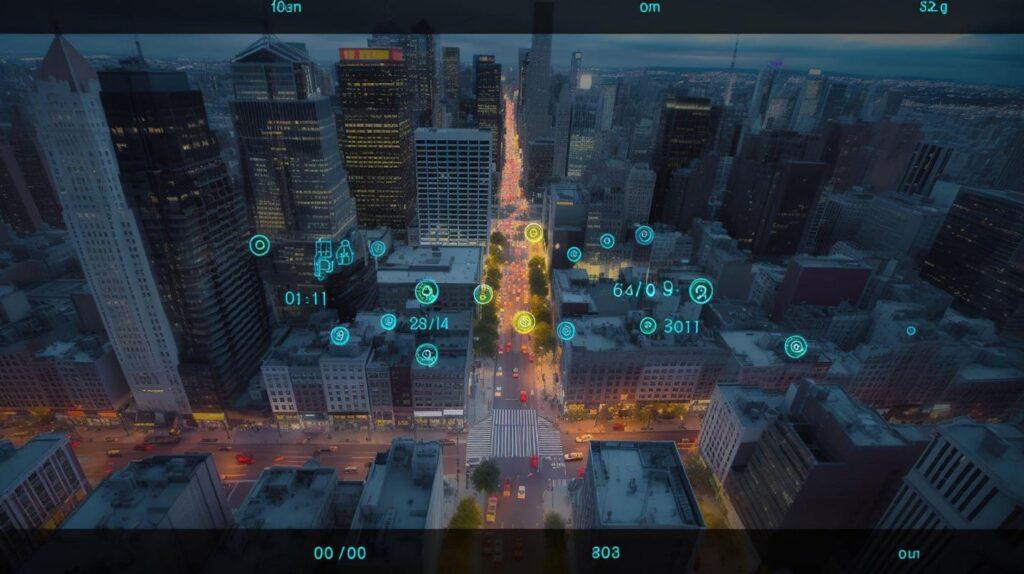
Cities are spending more than they need to on street lighting. Traditional lighting controls fail too often, causing costly maintenance and energy waste. Over time, those costs add up—millions lost annually. But what if there was a better way?
Smart photo controllers are changing the game. They use fast, adaptive tech to cut down energy use and reduce failures. With long-lasting design and global standards like Zhaga, cities can finally take control. It’s time to redefine our street lighting more efficiently and affordably.
What is the $1M Problem?
U.S. lighting firms lose over $1 million annually due to traditional light sensor failures. Traditional units react too slowly and misfire during smog or rain. That means lights stay on in daylight or fail after dark. The result? Wasted energy and annoyed residents.
These outdated units demand frequent maintenance. Here are two real-world case scenarios:
- In Kansas City, municipal lighting crews spend $6 million a year just monitoring and fixing over 100,000 lights—that’s about $60 per unit annually .
- In Claiborne, TN, utility co-op data shows technicians replace photocells 3–5 times daily, doubling failure rates, and spend up to $167,000/year on just security-light maintenance.
Such recurring failures and labor costs heavily strain municipal lighting budgets. It’s not just a nuisance—it’s a major drain.
The message is clear: smart photocontrol receptacles are no longer optional. They’re essential to slash energy waste, reduce system failures, and relieve municipal lighting costs.
How Tech Breakthroughs Power the LED Street Lighting Revolution?
Lightning‑Fast Response Time
Modern smart photocell controllers are the panacea for traditional lighting issues. How?
- They react in milliseconds—nearly instant compared to traditional systems.
- They use real-time environmental sensing to adjust lighting precisely when levels change.
- This rapid response ensures lights only run when genuinely needed.
Singapore and other cities have reported energy savings between 30% and 40% after deploying adaptive street light sensors technology. This speed minimizes wasted light and energy. It also adapts to smog, sudden weather shifts, or cloud cover—no over-illumination and no dark-up too late.
Cities that cut power usage by 40% directly reduce electricity bills and carbon emissions. Plus, fewer wasted hours translate to lower wear on fixtures and bulbs.
10‑Year Durability Reducing Maintenance by Half
These next-gen photocell units are built with modular and weatherproof components. Sensors are sealed against humidity and UV, and modules can be replaced without swapping whole fixtures. Cities report that technician trips for lamp fixes have dropped by about 50% after installing the new systems.
Further, the maintenance budgets shrink, while streetlights stay online longer. Municipal studies estimate that overall upkeep spending drops by nearly half over a 10-year span. To demonstrate the benefits further, here is a table comparing traditional lighting with smart systems.
| Component | Traditional Lighting | Smart System | Impact |
| Sensor Replacement | Full-lamp swaps every 3–5 years | Module swaps only (sensor, not whole fixture) | Technician trips ↓ ~50 % |
| LED Lifetime | ~50,000 hr (10–12 yr) | Sealed LEDs same lifetime | Long-lasting lighting quality |
| Maintenance Spend | 4–5 % of the initial cost per year | 2–3 % per year, combined | Savings ~40–50 % annually |
Embracing the Zhaga Standard
The Zhaga standard defines plug-and-play interfaces, like Zhaga Book 18 sockets, that allow smart modules to slot into existing LED luminaires. Think of it as USB for streetlights. Here’s how it benefits municipalities
- Shredding needs for rewiring or buying new poles.
- Controllers simply snap into place.
- The retrofit approach extends the life of old hardware.
- Future upgrades become easy without replacing fixtures.
Zhaga’s circular-economy model encourages modular, sustainable lighting systems. Studies show that adopting Zhaga-compliant retrofits reduces e-waste by up to 70%, compared to full system replacements.
It’s cost-effective, future-proof, and reduces landfill impact. It also empowers cities to mix and match vendors and technologies without compatibility issues, keeping costs down and flexibility high.
Where Is Smart Photosensor Tech Already Working?

San Diego Reliability in Extreme Conditions
San Diego retrofitted LED streetlights with smart dawn-to-dusk switches. There were millions of savings in energy and maintenance alone.
Remote monitoring flagged faults instantly. Durable tech held up during heavy rains and coastal smog. This proves the system’s resilience in tough environments. When weather events occur, smart controllers adapt without failing—unlike traditional photocells. Cities facing extreme climate still get reliable light and real savings. Here is a table detailing the outcomes.
| Metric | Details |
| Lights Upgraded | 3,000 LED streetlights with smart wireless controls |
| Annual Energy Cost Savings | Approx. $254,000/year |
| Network Scale | Planning a total of 14,000 smart lights, including 3,200 sensor-equipped nodes |
Los Angeles: Massive Remote Control Impact
Los Angeles replaced HPS streetlights with LEDs and integrated smart photocell & IoT controls. There was a sharp drop in energy usage.
To boost the yield further, lights were networked via smart nodes and GIS mapping, with remote on/off, dimming, and failure alerts. This system slashed technician visits and allowed near-real-time fault response.
Side benefits:
- EV charging stations on light poles
- Safer streets
- Reduced CO₂ emissions.
LA shows how light photocell sensors and networked systems reduce municipal lighting costs, improve efficiency, and enhance urban safety. Here is a table of related stats.
| Metric | Details |
| Lights Upgraded | ~141,000 HPS replaced with smart LED and IoT controllers; network plans for 223,000 |
| Energy Savings | 63% reduction, saving $7–10 million/year |
| CO₂ Emissions Reduced | ≈72,000 metric tonnes annually |
| Added Features | Remote dimming and failure alerts; ~400 EV chargers integrated with some poles |
Milan, Italy – Dimming & Operational Savings
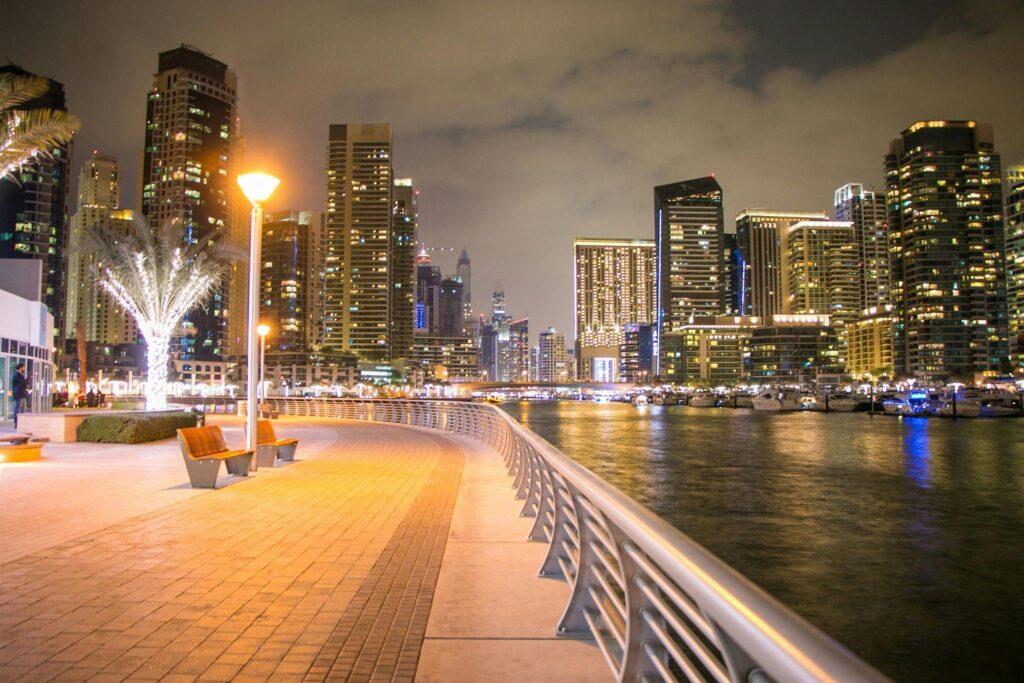
Milan substituted traditional lamps with LED and installed smart dimming tech. After rollout, energy costs and maintenance overheads dropped significantly.
These systems dynamically adjust lighting based on real-time conditions—pedestrians, traffic, and daylight. Milan proves that moderate-sized cities can achieve massive savings with smart photocell controllers and adaptive street lighting. Here is a table showcasing the benefits.
| Metric | Details |
| Lights Upgraded | 100,000–120,000 LED fixtures (AEC Italo series) installed for Expo 2015 |
| Energy Cost Savings | €10 million saved in first year (≈ 60% energy reduction) |
| Consumption Cut | Energy down by 52% (114 M kWh); CO₂ reduced by ~23,000 t/year |
| Maintenance & Waste | Over 60,000 legacy lamps retired—saving 9 tons of e-waste; operating costs dropped ~31% |
What’s Next for Smart Lighting?
AI‑Driven Predictive Maintenance
Cities are starting to use AI to predict light photocell and fixture failures up to 48 hours ahead. By analyzing performance data—like voltage fluctuations, dimming patterns, and sensor readings—machine learning models flag when a unit is likely to fail. Here is how it will benefit:
- This will give technicians clear alerts before outages occur.
- Maintenance will become proactive, not reactive.
- Crews will be able to bundle repairs, reducing emergency callouts and optimizing manpower.
- Planned trips mean fewer overtime hours and better parts handling.
This kind of AI-driven predictive maintenance significantly cuts municipal lighting costs. And it ensures fewer streetlights go dark unexpectedly, keeping communities safer and more satisfied.
Solar + Smart Photocontrol Integration
Smart photosensors are now being embedded in solar-powered streetlights, blending renewable energy with intelligent controls. Solar panels charge batteries during the day, while photocells use real-time light and motion data to dim or brighten LEDs accordingly.
Some systems add motion sensors—dimming to low-light by default and ramping up when people approach—to stretch battery life up to 48 hours. IoT connectivity enables remote monitoring of battery health and performance, minimizing on-site inspections and further slashing maintenance costs.
This synergy accelerates carbon-neutral, energy-saving street lighting solutions and positions cities on a sustainable path toward net-zero public infrastructure.
Final Words
Smart photocell technology is no longer optional—it’s essential for cutting energy waste and reducing city costs. Real-world data proves the long-term savings and resilience in harsh environments. For cities planning their next upgrade, Chi-Swear offers durable, Zhaga-compliant smart photocells built to perform reliably and efficiently.
External Links
- https://www.researchgate.net/publication/309060493_Light_sensor_control_for_energy_saving_in_DC_grid_smart_LED_lighting_system_based_on_PV_system
- https://www.zhagastandard.org/?view=article&id=64:book-18&catid=10
- https://digital-library.theiet.org/doi/full/10.1049/iet-smc.2019.0029
- https://lalights.lacity.org/connected-infrastructure/led_program.html
- https://www.energywatch.com.my/blog/2020/11/20/flicking-the-switch-on-a-smart-streetlight-revolution/



